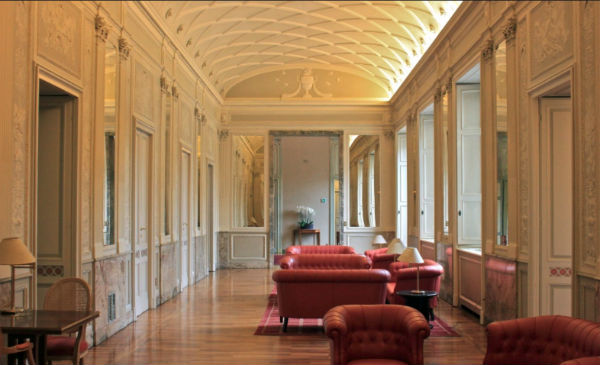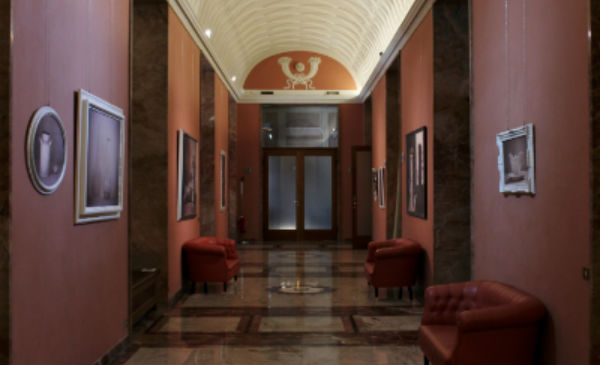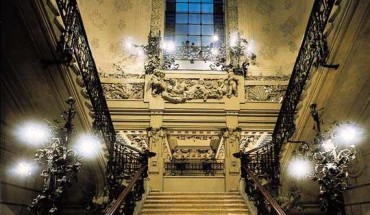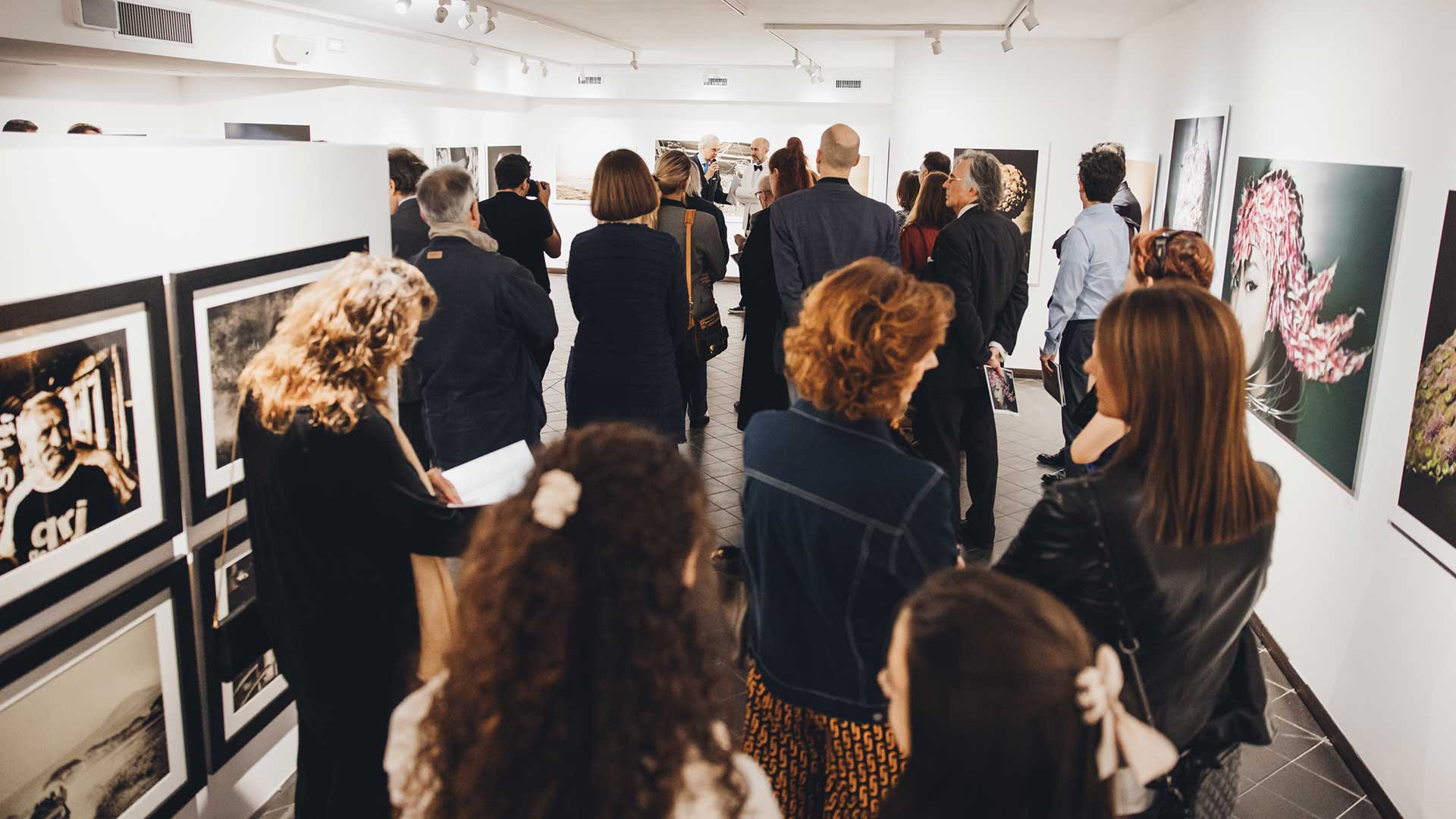Many of Photofestival’s exhibitions are housed in four prestigious Milanese buildings that have been renamed “The Palaces of Photography”
PALAZZO CASTIGLIONI
Corso Venezia, 47
In 1900 the entrepreneur Ermenegildo Castiglioni decided to build a palace in Corso Venezia in Milan. Wanting it to be different from all the others, he commissioned the design to architect Giuseppe Sommaruga, known for having come up with several interesting solutions.
The owner’s attitude, almost akin to that of a nobleman of the seventeenth century wanting to make his greatness manifest, is reflected both in the palace itself (particularly impressive when compared to the rest of Italian Art Nouveau’s offerings) and in the desire to create a building of a style quite new to Italy, in a context amongst the most “noble” of the city.
At the inauguration, public opinion strongly sided against the presence of two female figures placed above the entrance portal, and obtained to have them removed. The two statues, works by Ernesto Bazzaro, aroused scandal for being too provocative and naked, while their symbolic meaning was deemed incomprehensible (in fact one represented Peace and the other Industry). The portal, left without these two important elements, had to be changed: it was raised to occupy part of the window above, the remaining section of which was then covered by a bas-relief. The end result removed power from the central element of the building, the portal and the group of the main-floor windows above it, and emphasis shifted to the service side-portal, which is enriched at the top by a beautiful three-part window.

 PALAZZO BOVARA
PALAZZO BOVARA
Corso Venezia 51, Milano
Palazzo Bovara, flagship and object of conscious care by Confcommercio Milano, is a significant testimony of Lombard neoclassicism.
Built in the second half of the eighteenth century by architect Carlo Felice Soave, the building has a simple façade with three rows of windows, in the center an arched portal flanked by Doric columns supporting a balcony and architectural and decorative sandstone elements.
Airy rectangular courtyard with arcades, bordered at the sides by two smaller buildings, decorated with statues and ornamental vases on the attic. In the background, pilasters bearing large ornamental vases and statues, closing a short picturesque shady garden of old plants.
The palace was the seat of the French embassy of the Cisalpine Republic and in 1800 it hosted the young Stendhal who was in the entourage of Napoleon. It takes its name from the owner, Count Giovanni Bovara.
It is currently the seat of Circolo del Commercio and is used as a venue for events.






 PALAZZO BOVARA
PALAZZO BOVARA


